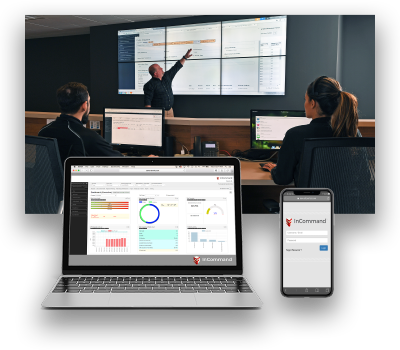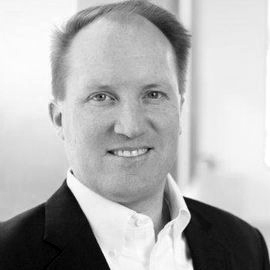[João Marques Lima – Data Economy] What are the biggest trends you are seeing in the data centre marketplace that are driving your revenues and forcing expansion?
[Kevin Dillard – Serverfarm] Globally, organisations are focused on accelerating their digital transformations and embracing next-gen technologies such as cloud, edge, IoT and AI.
They don’t want – and can’t afford – to be weighed down by aging, inefficient and costly data center assets.
Service providers and enterprises are demanding dynamic, innovative ways to manage physical environments so they can deliver a ‘cloud-like’ experience across all physical infrastructure, whether onpremise, hybrid, public, edge or IoT.
[João Marques Lima – Data Economy] How have you seen the data centre market shift in the past 24 months?
[Kevin Dillard – Serverfarm] As evidenced by global data center M&A activity and consolidation, the industry is focused on optimising existing facilities and engaging in strategic partnerships versus building just to build.
As service providers and enterprises require skyrocketing amounts of capacity to support AI, IoT and other intensive workloads – and need their experts to focus more than ever on their core business – they’re turning to colocation and hybrid models and away from internal physical environments. To us, these trends will only deepen in 2020.
[João Marques Lima – Data Economy] What are the expansion plans for Serverfarm in the current markets you serve and beyond?
[Kevin Dillard – Serverfarm] In the last six months alone, we’ve completed a $200 million recapitalization to drive growth, acquired 5NINES Global Holdings (expanding Serverfarm’s network to several new locations around Europe and the U.S.), and extended our portfolio with a data centre acquisition in Amsterdam.
We also just recently announced our involvement in the NVIDIA DGX-Ready Data Centre Program, which connects service providers and enterprises with AI-ready facilities for smooth, quick and cost-effective AI deployments. We have no intention of slowing down when it comes to strategic acquisitions and investments in the latest technologies that will benefit our customers.











